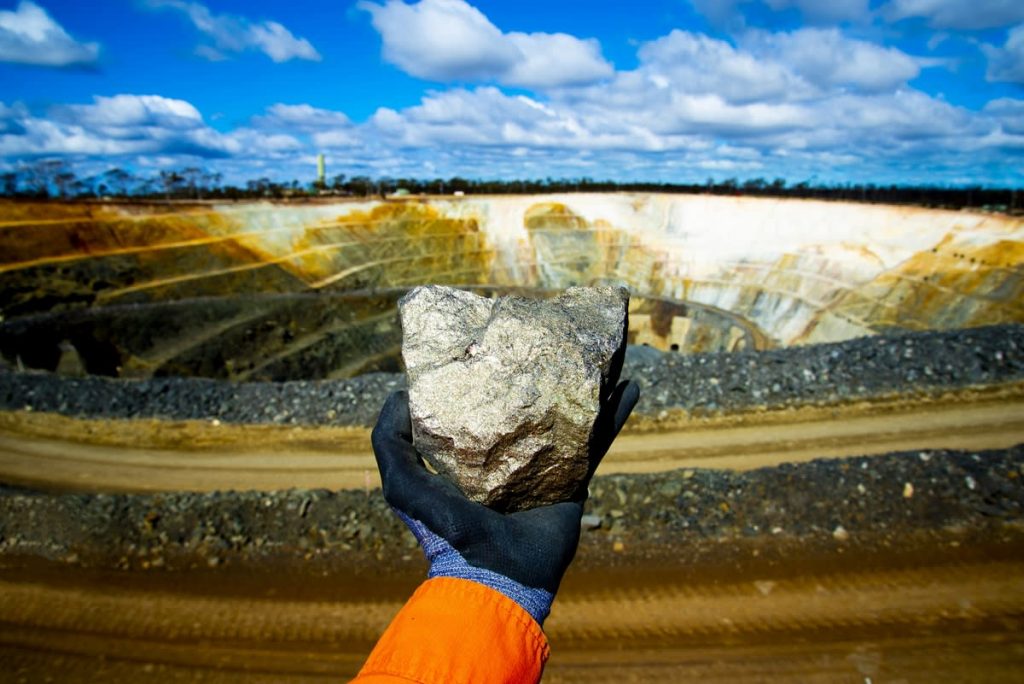Global shortage of minerals threatens clean energy transition, IEA warns

A recent report by the Paris-based International Energy Agency (IEA) highlights a looming scarcity of minerals crucial for manufacturing electric vehicles, wind turbines, solar panels, and other clean energy technologies vital for reducing reliance on fossil fuels.
The IEA noted significant price drops in key minerals like lithium, cobalt, nickel, and graphite last year, which benefited consumers but deterred investment in mining these critical resources.
According to the IEA, the world is projected to fulfill only 70% of global copper demand and 50% of lithium demand by 2035.
Fatih Birol, the IEA’s executive director, emphasized the growing global demand for clean energy technologies but cautioned that meeting this demand requires reliable and expanding supplies of critical minerals.
While investment in critical minerals mining saw a 10% increase last year, the rate was slower compared to 2022.
The IEA estimates that an investment of $800 billion in mining projects is necessary between now and 2040 to limit global temperature rise to 1.5 degrees Celsius above pre-industrial levels.
Despite prices for some critical minerals returning to pre-pandemic levels, the IEA warned about concentration risks in production, particularly in a few countries.

The agency highlighted that as much as 75% of supply growth for lithium, nickel, cobalt, and rare earth elements may come from a handful of countries by 2030.
Additionally, nearly 95% of supply growth for graphite used in batteries is expected to come from China.
The IEA underscored that such high levels of supply concentration pose risks to energy transitions, making supply chains vulnerable to disruptions from extreme weather events, trade disputes, or geopolitical tensions.
These challenges could significantly impact the pace of energy transitions needed to mitigate the effects of climate change, especially as scientists consider 1.5 degrees Celsius a critical threshold to avoid catastrophic consequences like extreme heatwaves, floods, droughts, wildfires, and food and water shortages.
Source-CNN




